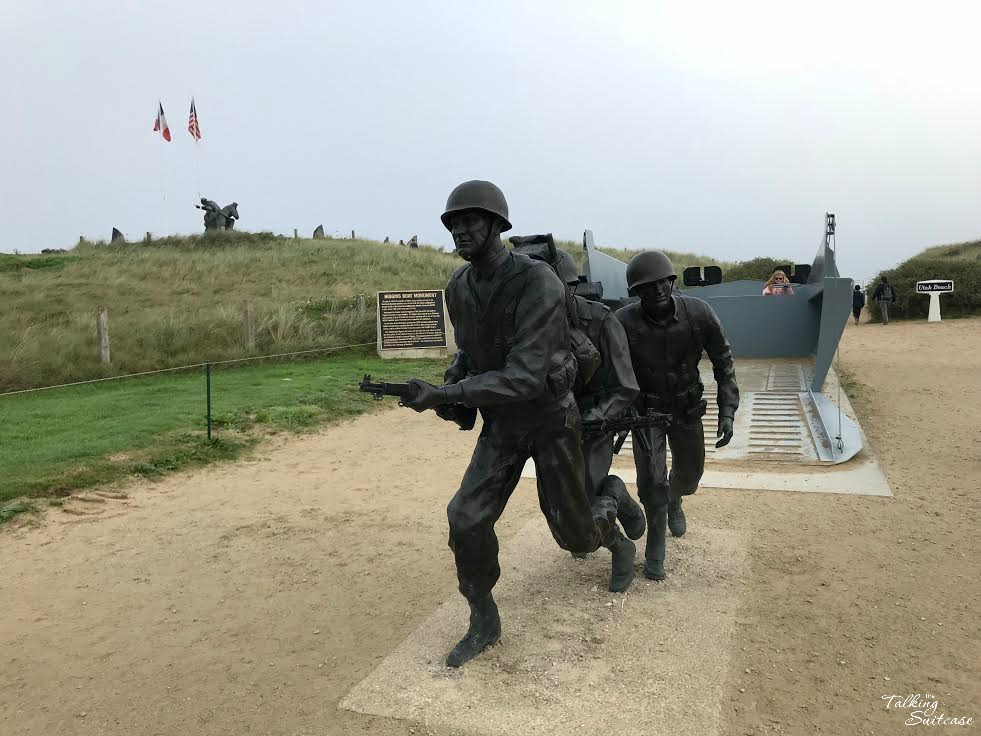
You can’t visit Northern France and not take time to reflect on the history and sacrifices made during the Battle of Normandy. Codenamed Operation Overlord, 156,000 American, Canadian and British forces landed on five beaches of the heavily fortified Normandy coast on June 6, 1944. During the October school holiday, we decided to travel to Normandy, France and let the kids learn more about the importance of D-Day than they could ever get from their history books.
It was difficult to stand on the beautiful beaches of the French coast and imagine the Allies landing along this stretch of pristine sand. Walking along the shoreline after visiting the museums, bunkers and cemeteries helped put the battle into perspective.
Travel to Normandy, France and the Learn D-Day History
There are several Normandy tours to choose from or you could just explore on your own. We booked a guided tour as we typically like all the extra tidbits of information that can only be obtained from a tour guide. However, having said that, we should have explored on our own. Guided tours are expensive, you have to follow someone else’s schedule plus we already had a car. That’s why I put a self guided itinerary together based on our exploration and research to help other visitors save some cash and get the most out of their visit.
Our guided tour focused on the U.S. beaches and included the German Cemetery of La Cambe, Sainte Mère Église, Airborne Museum, Utah Beach, Pointe du Hoc, Omaha Beach, and the American Cemetery. You can see all those locations in one busy day, but that doesn’t leave time to visit the museums at Utah and Omaha beaches. If traveling with kids, they will probably be happy to skip a couple museums. Our tour left Bayeux at 8am and concluded around 6pm.
Other sites to visit are the German Battery of Longues-sur-Mer, Memorial Museum of the Battle of Normandy, Bayeux War Cemetery, Circular Cinema Arromanches 360°, and Merville Battery and Museum. I highly recommend stopping to learn the history at each of these locations.
If you have time, visit Gold, Juno, and Sword beaches. Each site has museums and/or bunkers to delve further into the landings at each location. The Normandy Tourism website has more information, as well.
I’ve included an itinerary below of just D-Day beaches and sites. First, I wanted to mention each of the locations we had time to visit. You could easily spend a week or longer exploring the area and D-Day history. We only had a few days during our roadtrip, so we chose to focus mainly on the American beaches.
The German Cemetery of La Cambe was not a place we had marked to visit. We likely would have skipped this cemetery, if touring on our own, but don’t make that mistake! It is the resting place of more than 21,000 German soldiers from WWII. One thing we learned, and it’s important to remember, is that not all the solders buried here were Nazi’s. Some were simply German citizens forced to fight.
There is also a large mount with the remains of 207 unknown and 89 identified German soldiers that visitors can walk up to and survey the grounds. This cemetery is a stark contrast to the American cemetery. There is a more somber feeling to this site that is difficult to describe. I’m not sure if it was the low morning fog against the green grass and grey schist crosses or the knowledge of who was buried here.
Before visiting the Airborne Museum, take time to wander Sainte-Mère-Église and see the medieval church. The American paratrooper, John Steele, had his parachute caught on its bell tower when American parachutists dropped on the village in the middle of the night on June 5, 1944. Look for a mannequin with a parachute hanging from the church tower and take time to see the 2 stained glass windows inside the church honoring the paratroopers that liberated the town.
The Airborne Museum dedicated to the American paratroopers of the 82nd and 101st Airborne was well worth the visit. We only had approximately an hour, but it was enough time for a quick tour. We saw a Waco glider and learned how they carried ammunition, food, jeeps, hand guns, and extra troops during the battle. Visitors can also see a C-47 plane and learn about Operation Neptune and the 82nd and 101st Airborne’s role in securing and protecting the western flank. The museum now has a guide for children that can be purchased at the museum desk for 1€ or print online for free.
- German Bunker at Le Roosevelt
Next it was time to visit Utah Beach, the first landing site of the American troops. It was also the most successful landings of the five beaches, with relatively few casualties. We didn’t have time to visit the museum, but wandered the beach and saw the memorials. Attached to the restaurant, Le Roosevelt, you can see an old German bunker as well.
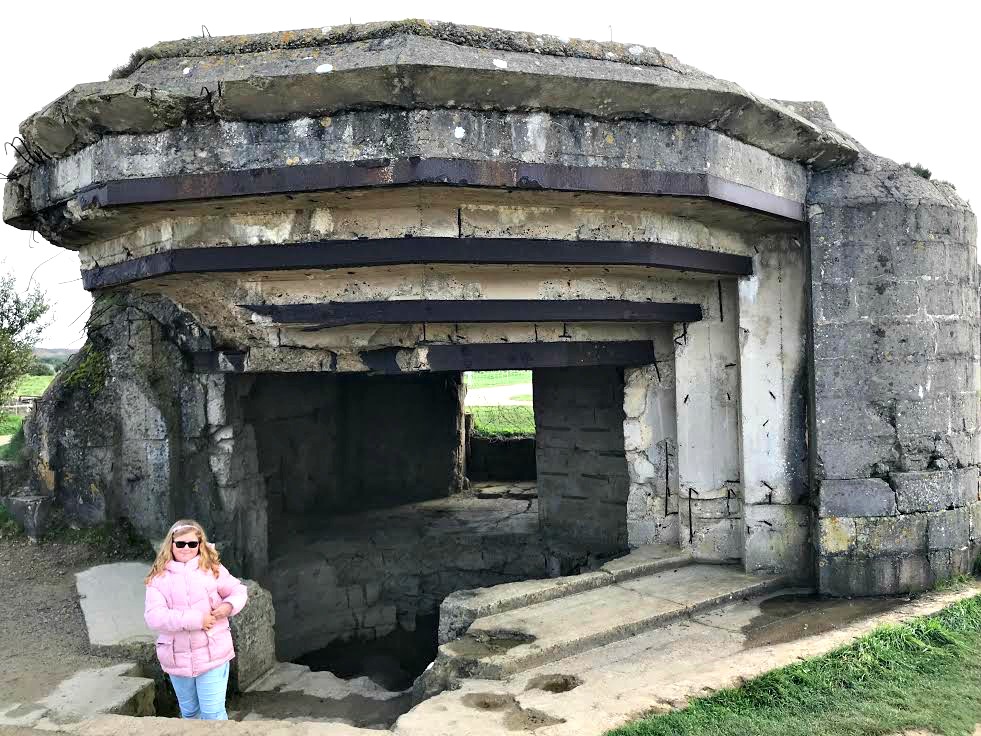
Pointe du Hoc was a key German fortification with casemates and gun pits. The guns fired from the 100 ft cliff could target both Utah and Omaha Beaches. On D-Day, 225 Rangers scaled the cliff to overtake the stronghold, only to discover they were surrounded by German troops and the canons has been moved. The Rangers persevered, finding and destroying the guns and pushing the Germans back, but at a cost. When reinforcements arrived on July 8th, only 90 Rangers still stood to fight.
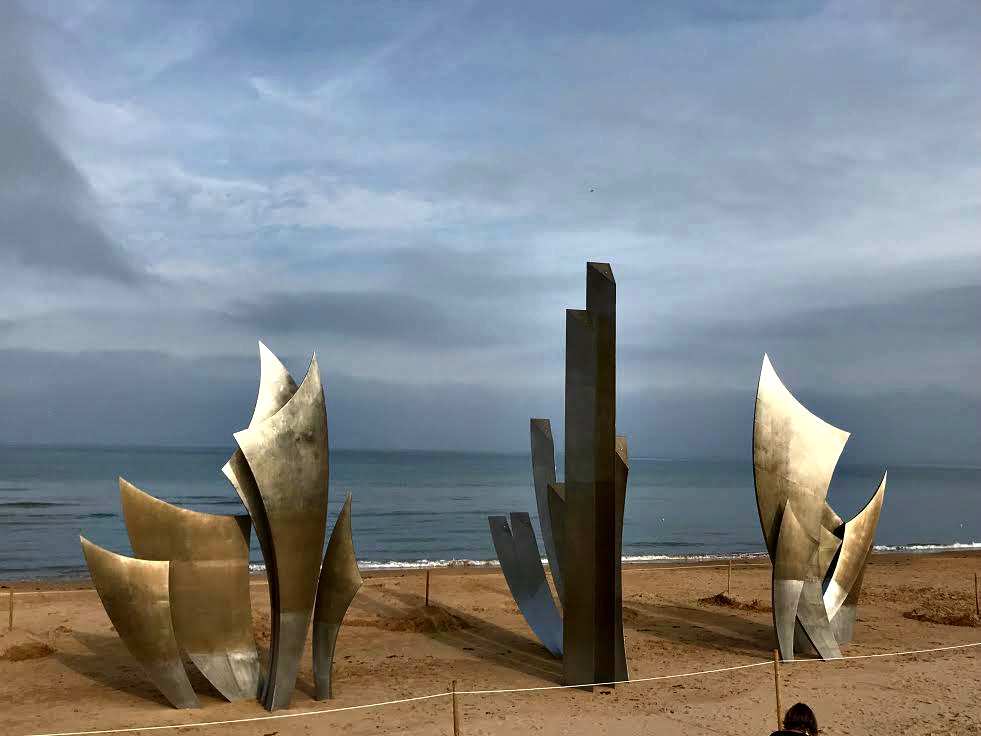
We made a quick stop to Omaha Beach before visiting the American Cemetery. This was the deadliest landing with numerous factors contributing to the 2,400 American casualties, many of the troops drowning before they even reached the beaches. Only 2 of the 29 launched tanks made it to the beach. The others sank in the choppy waters. Due to the strong winds and tides, most of the troops didn’t land as planned, causing confusion as different troops intermingled. Possibly most importantly, the initial aerial bombings didn’t destroy the German gunners on the cliffs. This left many German positions above the landing zones to rain-down gunfire on the storming troops. But by nightfall on June 6th, 34,000 troops had made it ashore and held important positions in Vierville, Saint-Laurent, and Colleville.
Our last stop of the day during our guided tour was to the American Cemetery. We arrived just in time for the 4pm Retreat Ceremony – the lowering of the flag and the playing of taps. It’s a moving ceremony and even K had tears in his eyes. The cemetery closed at 5pm, so after the ceremony we had less than an hour. We quickly saw the brilliant white crosses marking the final resting place of 9,385 Americans. Most of which lost their lives during the D-Day landings and future operations. We didn’t have time to see the Walls of the Missing but did quickly walk through the exhibition area in the Visitors Center.
The German Battery of Longues-sur-Mer is the only battery on the coast with the original guns. We didn’t have time to visit, but it was one of the recommended sites and looked good for kids.
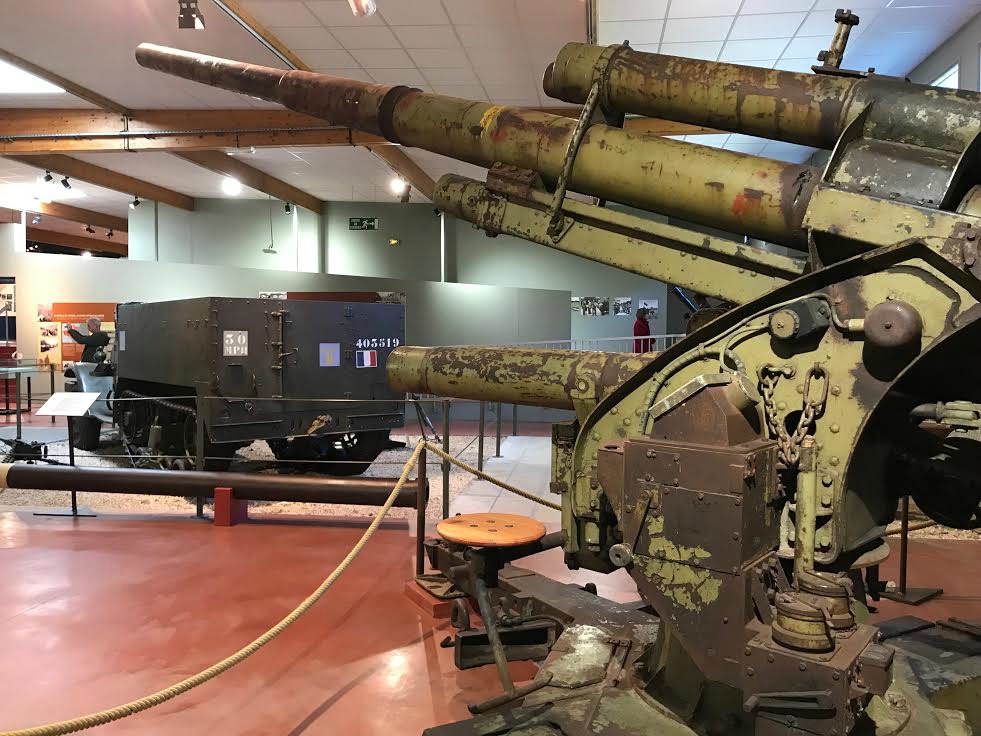
While spending the day in Bayeux, we toured the Memorial Museum of the Battle of Normandy. The museum follows operations which took place in Normandy from June 7 to August 29, 1944. The operations are recounted through maps, videos, photos, and war related objects. The film, Normandy 44, a Decisive Victory in the West, traces the major operations of the Battle of Normandy including maps depicting troop movements.
After visiting the Memorial Museum, save time to pay respects at the Bayeux War Cemetery. It’s the largest WWII Commonwealth cemetery in France.
I’m so glad we didn’t skip the Arromanches 360°. The film shown on 9 screens was a powerful look at the Battle of Normandy and served to reiterate the importance of remembering the story of the 100 days of this battle. The cinema is also located on the remnants of one of the two artificial Mulberry harbours set up by the Allies during the war.
Our first introduction to D-Day history was at the Merville Battery and Museum. This restored Nazi fortification allows visitors to see bunkers, a C-47 aircraft and an interesting sound & light show. British paratroopers were tasked to overrun the battery to protect the British landing at Sword Beach. Even with only 150 of the 600 troops arriving in the correct location, the battery was taken by the British.
The other recommendations below, such as Juno, Sword and Gold Beaches, as well as the Canadian Cemetery and Caen, were based on research of places to visit with the kids. Since we only had a short time, we were unable to visit these sites.
If you want to see more of Normandy than just D-Day sites, pop over to read our roadtrip itinerary for Northern France. You could combine these itineraries to customize your own route.
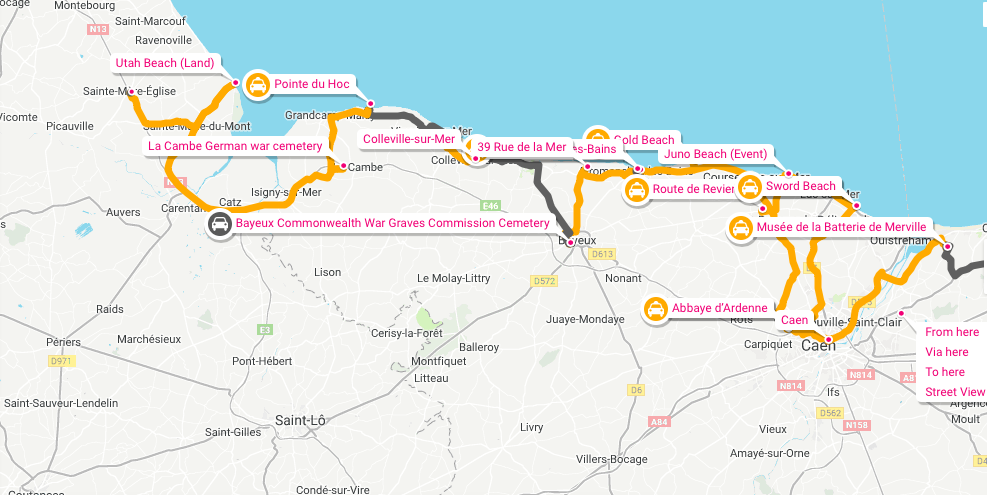
Itinerary Idea for just D-Day Sites:
This itinerary assumes arrival from Paris. If arriving by ferry from the UK, follow the route in reverse.
Day #1
Merville Battery and Museum
The Ardenne Abbey
Caen (half-day exploration)
*Potentially spend the night in Caen
Day #2
Sword Beach
Juno Beach
Beny-Sur-Mer Canadian Cemetery
Gold beach
Musee du debarquement (Landing Museum) and Mulberry Harbor in Arromanches les-Bains
Circular Cinema Arromanches 360°
German Battery of Longues-sur-Mer
*Potentially spend the night in Bayeux
Day #3
Memorial Museum of the Battle of Normandy
Bayeux War Cemetery
American Cemetery
American Cemetery
*Potentially spend a 2nd night in Bayeux
Day #4
Pointe du Hoc
German Cemetery of La Cambe
Utah Beach
Sainte-Mère-Église
Airborne Museum at Sainte-Mère-Église
While in the region, see our Mont St Michel travel tips. This bucket list destination has it’s own unique and fascinating history.
It is said that the Normandy landings were the beginning of the end of war in Europe. Through walking the beaches, touring the batteries, exploring the museums and paying respects at the cemeteries, families can learn far more about the Battle of Normandy than any history book. Before visiting, it was impossible to comprehend just how far apart the landing beaches actually were from each other. The Allies landed along a 50-mile stretch making each landing site distinct in the efforts to end the German occupation of France. Travel to Normandy, France with kids and discover how the struggles and successes of Operation Overlord contributed to the Allies winning WWII.
To help prepare kids for the experience, have them read What Was D-Day? We also watched the film The Longest Day together before our trip.
Do you have other tips to share with others who wish to travel to Normandy, France?
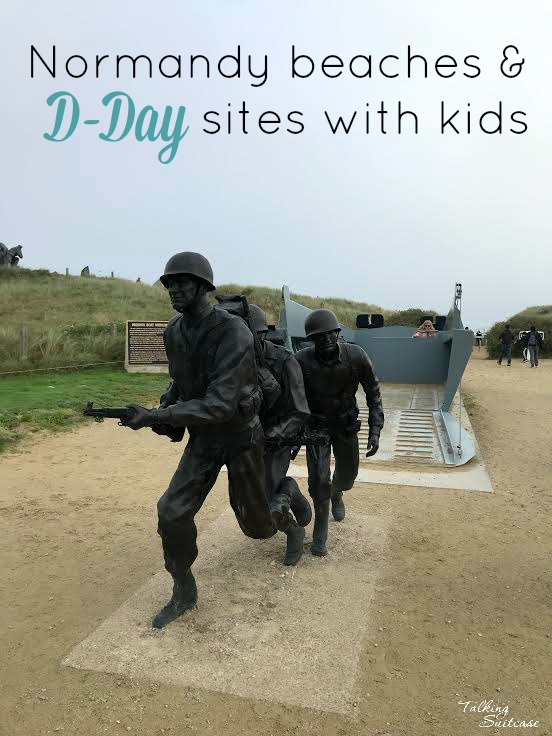
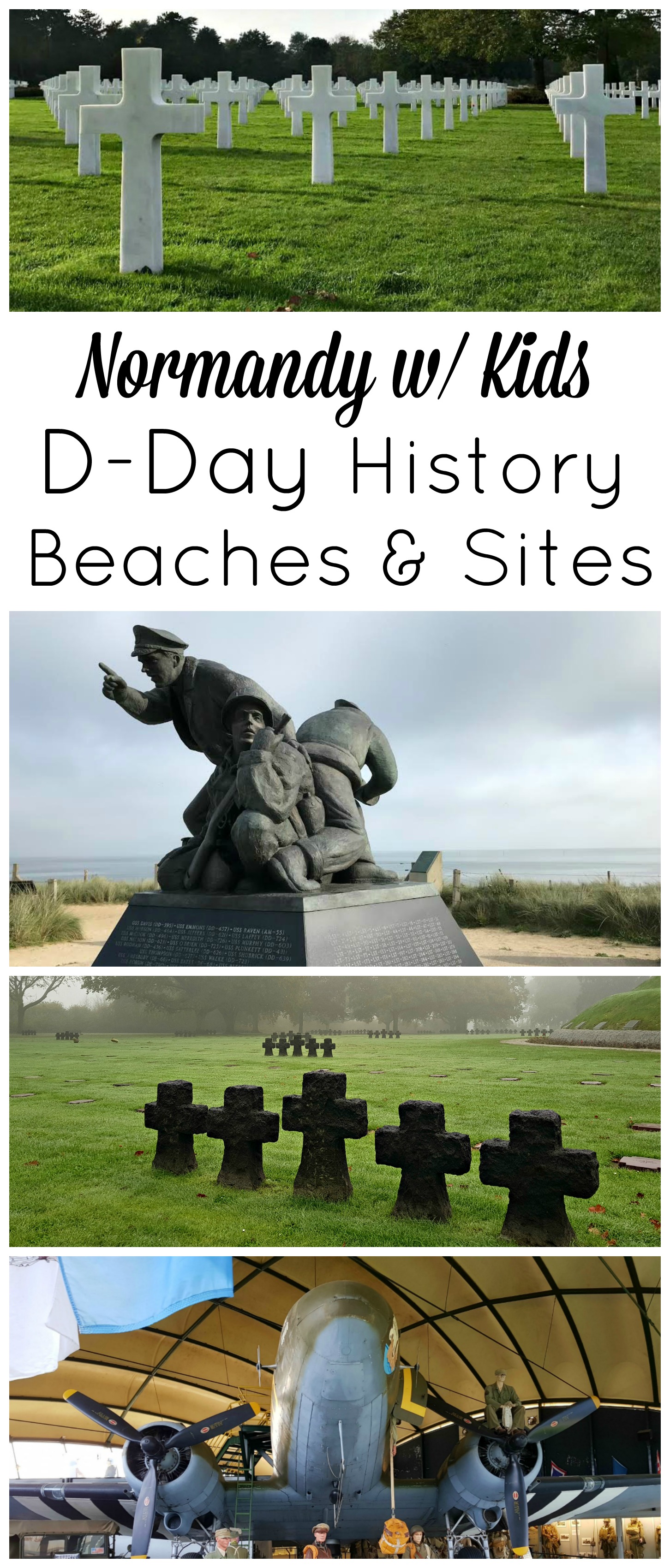
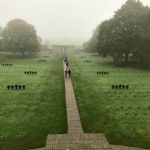
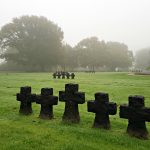



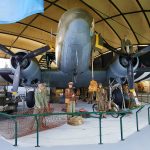
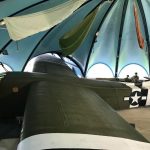
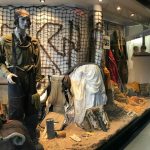
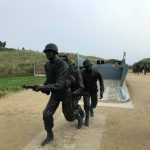
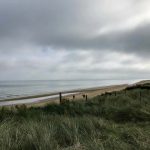
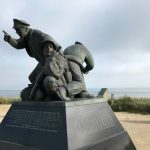
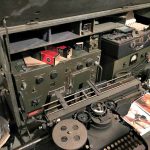
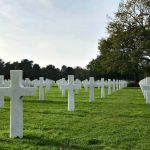
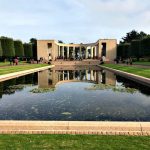
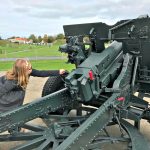
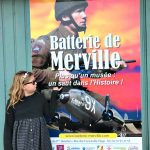
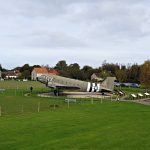

Leave a Reply